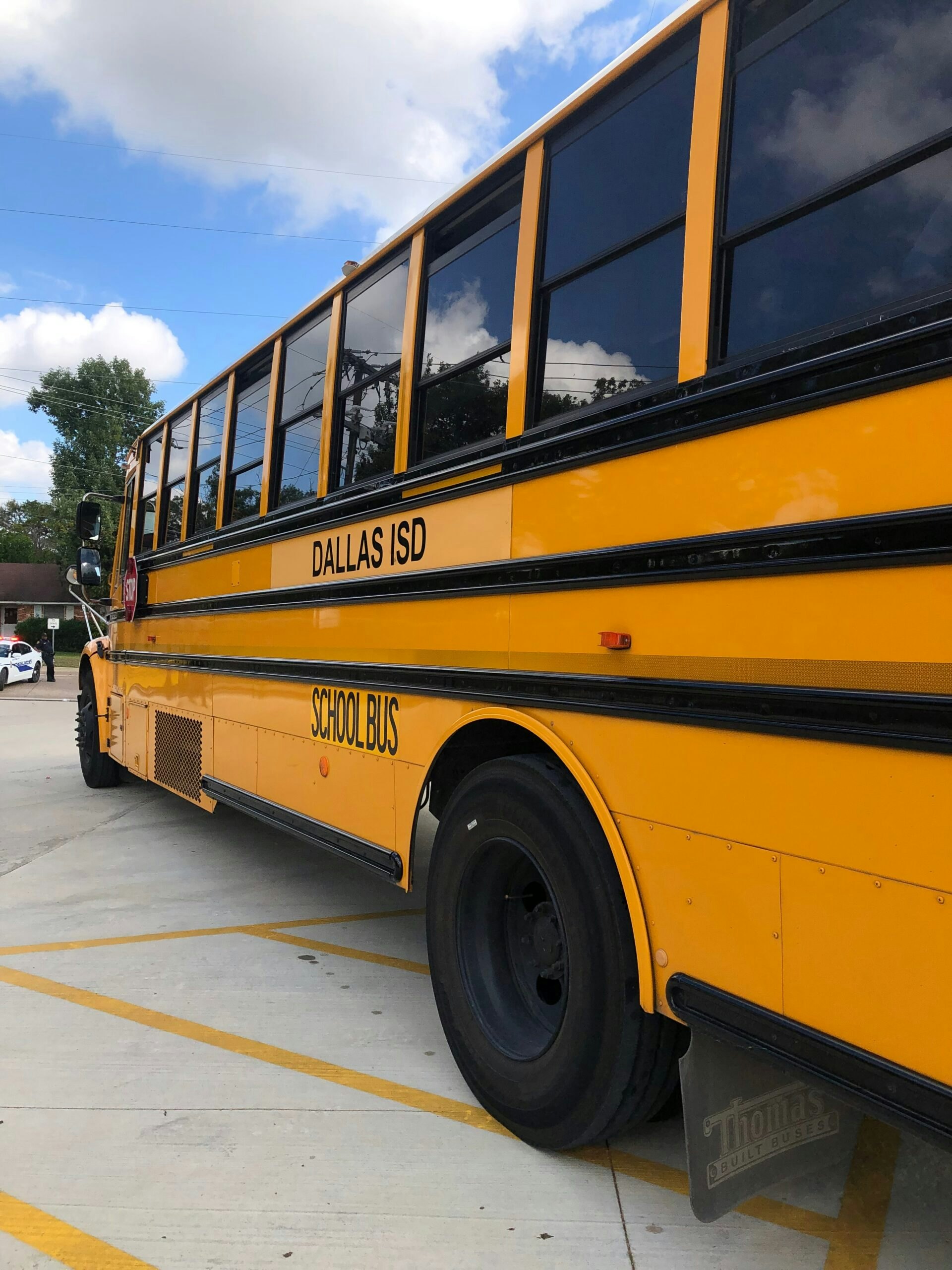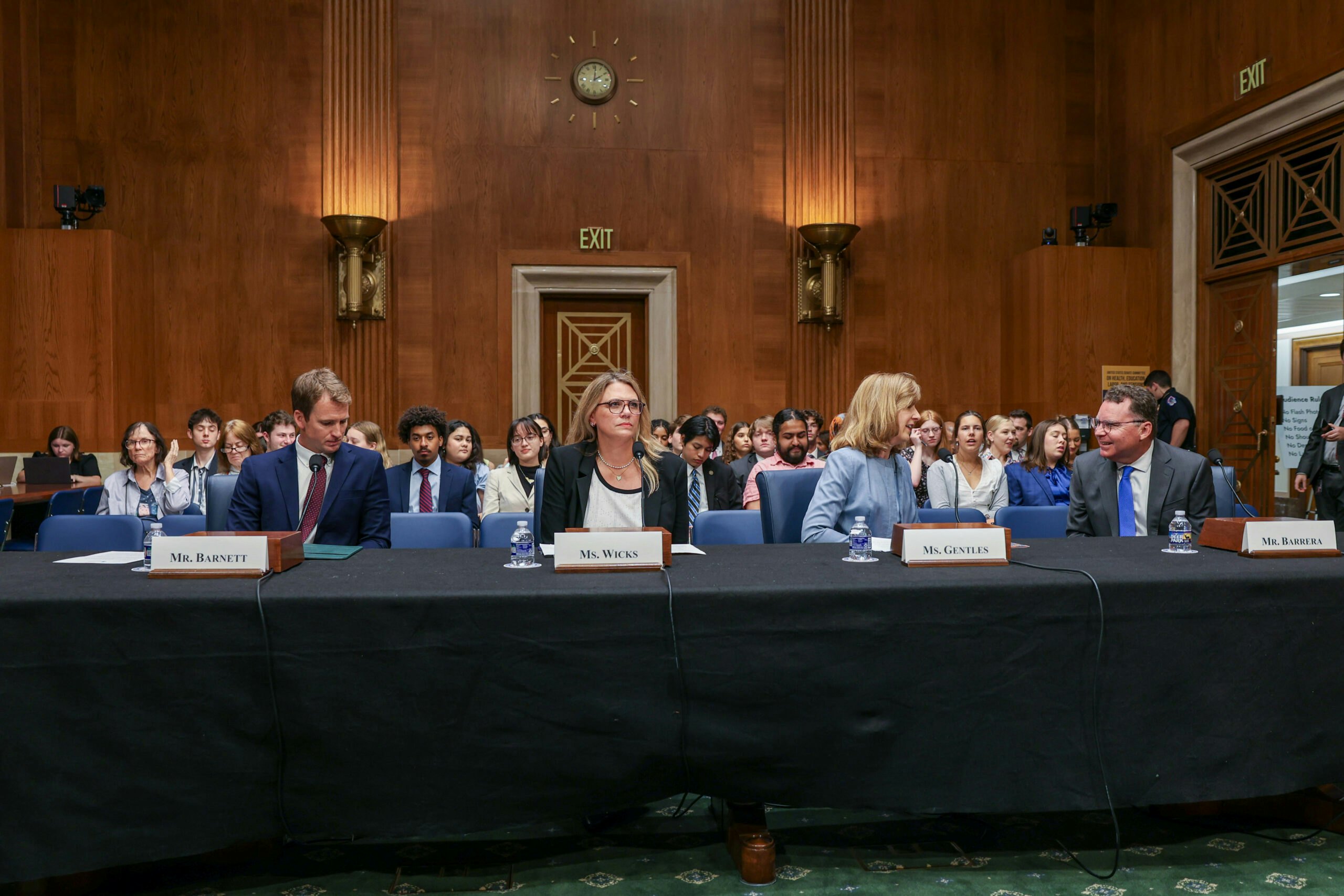The U.S. is only realizing a fraction of the potential immigrants represent due to complex laws and outdated priorities. Pro-growth immigration reform is an economic imperative. The recommendations outlined here illuminate an immigration system that would better serve America and its economy.
What’s Next: Our recommendations
- Congress should shift U.S. immigration policy from family reunification to employment-based migration and maintain or expand future flows of legal immigration
- Congress needs to expand the H-1B high-skilled visa program
- Congress should eliminate the per-country caps
- Congress needs to overhaul the existing H-2A and H-2B temporary visa worker programs
- Congress should create a pathway to earned citizenship for undocumented immigrants
- Congress must enhance the enforcement of immigration laws
More recommendations:
Domestic Excellence: · Immigration · Trade · Central America · Veterans · Education
Global Leadership: · North Korea · Democracy · Global Health · Burma · Women’s Leadership · Youth Empowerment
The United States is home to some 44.5 million immigrants who come from all over the world with the hope of building a better life. They are entrepreneurs and innovators, bringing with them the skills America needs to compete in the global economy. They fill critical gaps in America’s labor force by performing work our economy requires and keeping our workforce vibrant as our population ages.
The U.S. is only realizing a fraction of the potential immigrants represent due to complex laws and outdated priorities. Pro-growth immigration reform is an economic imperative. The recommendations outlined here illuminate an immigration system that would better serve America and its economy.
CONGRESS SHOULD SHIFT U.S. IMMIGRATION POLICY FROM FAMILY REUNIFICATION TO EMPLOYMENT-BASED MIGRATION AND MAINTAIN OR EXPAND FUTURE FLOWS OF LEGAL IMMIGRATION
The United States issues around 1.1 million green cards each year. Almost two-thirds of these are reserved for family-based preference categories, while less than 10 percent of green cards are for employment-based migrants.
This is significantly different from the approach of other industrialized countries. In Germany and Switzerland, around 80 percent of permanent immigrants are admitted on employment-based green cards. The same is true of half, or more, of all permanent immigrants in Spain, the Netherlands, the U.K., and Italy. Canada’s merit point system targets immigrants who are likely to contribute to its economy and is a model worthy of consideration.
To remain competitive in the global race for talent, the U.S. needs to reorient its policy priorities to accommodate immigrant workers.
The shift from family reunification to employment-based migration must maintain or expand future flows of legal immigrants to the U.S. Any legislation that purports to promote merit-based immigration, but eliminates family-based green card categories and reduces overall immigration levels, is not pro-growth immigration policy.
Such proposals are counterproductive and fail to recognize immigrants as an asset. Any reduction in family-based green card categories should be reallocated to employment-based green card categories. Lawmakers would do well to embrace the growth potential of immigration by expanding, or at least maintaining, the overall number of immigrants admitted to the United States each year.
CONGRESS NEEDS TO EXPAND THE H-1B HIGH-SKILLED VISA PROGRAM
The H-1B visa program allows U.S. companies to temporarily employ high-skill immigrants to fill labor shortages, but it does not provide enough visas to meet the needs of a thriving American economy. Currently, there is an annual cap of 65,000 H-1B visas, plus an additional 20,000 for immigrants with advanced degrees from U.S. universities. There was no cap prior to 1990 and since then the cap has been higher than the current 85,000 level.
In each of the past six years, the applications cap has been met within the first week of the filing period. Many job openings have gone unfilled and many would-be skilled immigrants are blocked from working in the U.S.
The temporary nature of the H-1B program is also problematic. Visa holders are eligible to stay and work in the U.S. for a maximum of six years. While they can apply for employment-based green cards, the process is uncertain and wait times can stretch for years. This leads many high-skilled immigrants to take their talents elsewhere. Canada is one such beneficiary.
Congress and the Administration should eliminate, or at least increase, the visa cap, and make the transition to a green card much more seamless for H-1B workers.
CONGRESS SHOULD ELIMINATE THE PER-COUNTRY CAPS
America’s 7 percent per-country quota dictates that all countries are entitled to a maximum of 7 percent of total green cards issued in any given year. Thus, countries like China and India, with populations over 1 billion, are subject to the same cap on U.S. green cards as small countries like Lithuania and Albania, with total populations under 3 million.
As a result, wait times can stretch decades. For example, Mexicans who applied in certain family-preference categories in 1997 were finally being processed in 2018. Meanwhile, the Cato Institute has estimated applicants from India applying for a high-skilled employment-based green card today would have to wait more than 150 years to be processed.
Green cards should be allocated to individuals with the most potential to benefit the United States. Eliminating the 7 percent quota would more closely align the supply of green cards to demand and make it easier for skilled immigrants to come to America and grow our economy.
CONGRESS NEEDS TO OVERHAUL THE EXISTING H-2A AND H-2B TEMPORARY VISA WORKER PROGRAMS
Industries like agriculture, construction, landscaping, and hospitality rely on low-skilled foreign workers to fill vacant jobs. The H-2A visa, for agricultural work, and H-2B visa, for nonagricultural jobs, are the primary vehicles through which American companies can hire low-skilled foreign workers on a temporary basis.
These programs are overly complicated, costly, ineffective, and not user-friendly. The H-2A visa has no annual cap, but is underutilized because it is too cumbersome. The bureaucratic nature of the program discourages use and contributes to the high prevalence of unauthorized agricultural workers. And, assuming the visa is granted, it is good for less than a year.
The H-2B program has an annual cap of only 66,000 visas. In 2017 and 2018, the federal government allowed one-time raises to the cap. But the ad hoc nature of cap increases creates uncertainty and, in some cases, the increase comes too late to be useful to employers who need to fill a peak labor need. A higher cap tied to labor market demand would better serve the needs of American businesses.
Finally, low-skilled visas should be portable between jobs. The employers currently control the visa, meaning a worker cannot easily change jobs without being granted a new visa. This opens the possibility of abuse by employers and creates inefficiencies for the economy. Employees should be granted the visa, allowing wage levels to signal where the most pressing labor needs exist.
CONGRESS SHOULD CREATE A PATHWAY TO EARNED CITIZENSHIP FOR UNDOCUMENTED IMMIGRANTS
Approximately 11 million unauthorized immigrants live in the U.S. Deporting all unauthorized immigrants would require identifying, apprehending, detaining, adjudicating, and transporting 11 million people back to their home countries. All this would take up to 20 years and cost somewhere in the range of $100 billion to $300 billion.
Even more costly would be the damage to America’s economy. Removing all unauthorized immigrants would cause the labor force to shrink by around 4.5 percent and could lead to reductions of GDP up to $4.7 trillion over 10 years.
A pathway to citizenship is the most reasonable solution.
Citizenship should not be handed out, but earned through a process that screens out bad actors. Unauthorized immigrants should be required to come forward, admit they broke the law, pay fines and back taxes, and pass a criminal background check. Only then should they be eligible to pursue the naturalization process, which requires immigrants to spend at least five years as legal permanent residents, show proficiency in English, and an understanding of America’s history.
CONGRESS MUST ENHANCE THE ENFORCEMENT OF IMMIGRATION LAWS
Enforcing immigration laws is important for a functioning, economically vibrant immigration system. Enforcement upholds the integrity of the rule of law and reduces future flows of illegal immigration, especially if a path to citizenship is offered to the undocumented.
Congress must reform America’s immigration system to simplify laws and provide more and better legal channels for immigrants to work in the United States. An improved temporary guest worker program, such as the one described above, is an important first step. Such a program would allow Border Patrol to focus on identifying and stopping bad actors instead of being overwhelmed by those simply coming to fill open jobs.
The U.S. should also foster a stronger relationship with Mexico to promote border security. The 2007 Mérida Initiative, a partnership between the two countries combating organized crime and violence and bolstering border security, is a good start but not enough. The U.S. can push its security perimeter 2,000 miles further south by helping Mexico secure its own southern border.
Better interior enforcement is also necessary. After all, estimates suggest more than 40 percent of unauthorized immigrants did not illegally cross the border, but rather overstayed their visas. The federal government must foster cooperative, not adversarial, relationships with state and local governments who are important partners. A better system to track and identify temporary migrants is necessary. Technologies such as biometric electronic identification and tamper-proof fingerprint identification cards should be considered. A mandatory employment verification system is necessary to ensure employers are not breaking the law by hiring unauthorized immigrants.
More than ever America needs the brightest, most talented, and hardest-working people the world has to offer. The objective of immigration policy should be to affirm America as the land of opportunity — where people of any background can work hard, develop ideas, and benefit from the fruits of their labor. America’s greatest advantage has always been its ability to attract diverse people from all corners of the globe and bring them together to build the American dream.




























